'Dracula' by Bram Stoker
'I will strengthen me with breakfast, and then I will to my terrible work.'—Review #196
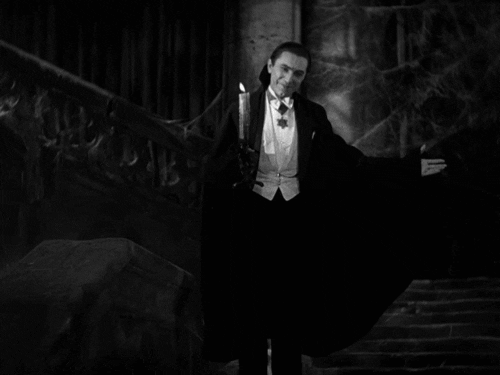
Dracula is an idiot. Everybody knows the first rule of real estate is location, location, location. There’s no excuse for a centuries-old evil being not to know this as he looks for a second home. Castle Dracula, his primary residence, is perfect. It’s safe (for him), it’s close to everything he needs (human victims), and he has good roommates (sexy vampire ladies) and neighbors (friendly wolves). Why, then, would he look to London for a pied-à-terre? Sure, London’s cool. It’s got art, proper ladies for him to transform into vampires, and moronic cigar-chomping elites to confound. But the commute is rough (three weeks by boat), it’s difficult to navigate (it’s got rivers and is surrounded by water, which he can’t easily cross), and the environment is uncomfortable (it doesn’t have the special dirt he needs for a good sleep). What were you thinking, Dracula?
Here’s the cover:
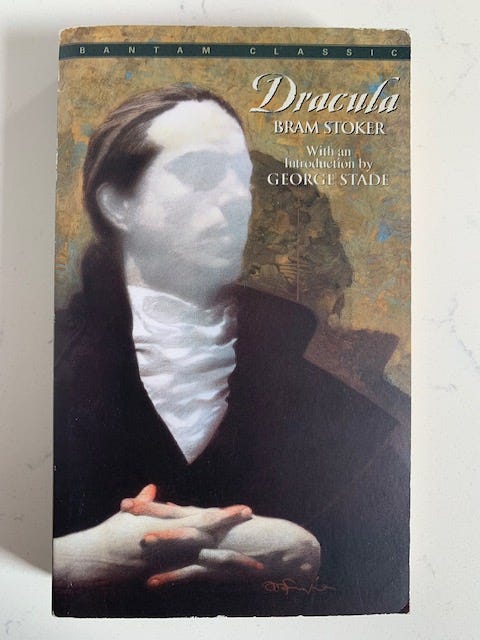
Jonathan Harker also is not smart. He’s the real estate agent/lawyer who travels to Transylvania to help Dracula finalize the deal to purchase Carfax (a ramshackle English property, not the website that helps you buy cars). Bram Stoker’s iconic count tells Harker: Look, there are some bizarre things that happen here in the castle, so stay in your room at all times. There’s plenty of food for you, and a bunch of books. If you leave, your safety isn’t guaranteed. In addition, while shaving in Dracula’s presence, Harker notices his host’s reflection doesn’t appear in the mirror, and, after Harker cuts himself, the creepy count lunges at him. Even so, Harker decides not to take Dracula’s warning seriously. Of course he leaves the room. He sees Dracula climb the walls like a spider. He has a scary encounter with the sexy vampire ladies. He finds Dracula at rest in his special dirt. And then Dracula’s like:
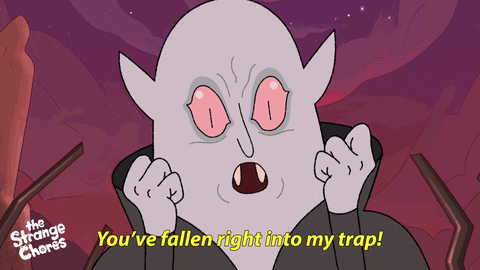
Mina Harker, Jonathan’s wife, is not an idiot. After Dracula arrives in England and resumes his blood-drinking habit there, she’s the one who ultimately has the smart ideas for how to stop the vampire. I won’t spoil it, but initially she’s not taken seriously by the squad of dimwitted men who become Dracula’s antagonists. They include Van Helsing, the vampire expert, and Dr. Seward, the local asylum superintendent who’s in love with Lucy, a young woman who suddenly develops bizarre sleepwalking habits and drastic blood loss. There’s also a random guy from Texas named Mr. Morris who is friends with Lord Godalming, Lucy’s fiancé. Lucy becomes one of the un-dead nosferatu, and Van Helsing runs the group through the vampire-defeating weapons that include garlic, wooden stakes, communion wafers and crucifixes. I enjoyed the wild scene where they tangle with Lucy, but I was frustrated that they learn nothing from the encounter about Dracula’s methods or his predilection for women. So they leave Mina exposed. After Dracula goes after her in a scene that is truly unsettling, Mina says to these dudes:

Thank God she did, otherwise this book might have gone on forever. As it is, Stoker’s story is extremely wordy and drags A LOT, with too many scenes of characters sitting around talking and talking. It could have used more action, for sure. But there is a lot I liked, too. For example, the format is interesting: The novel is a compilation of the characters’ journal entries, telegrams and notes. I enjoyed Renfield, a supporting character and inmate in Dr. Seward’s asylum, who enjoys gathering and eating flies. (The scene where Renfield laps blood up off the floor like a dog is intense!) The book also has fun campy aspects, particularly the note Dracula leaves for Harker that’s signed ‘Your friend, DRACULA.’ (I haven’t stopped laughing about this since.) And I appreciate Van Helsing’s emphasis on breakfast being the most important meal of the day. But what I like most are the various theories and opinions about what ‘Dracula’ is ultimately about. I’ve seen on Twitter that it’s about anti-immigrant sentiments among the upper class, or the importance of leadership in group activities. Obviously, countless movies and TV shows have located Dracula at the intersection of sex and death with imagery hinted at but unseen in the book, like:
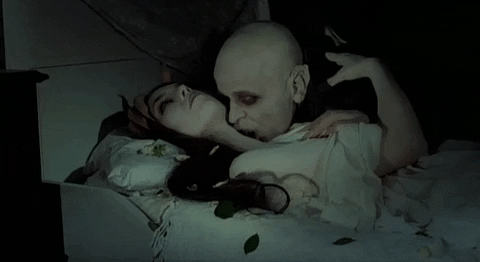
To me, ‘Dracula’ is about male arrogance. Van Helsing and the gang are blinded by their own feelings of superiority to their enemy, and to the insight offered by the women around them. Further, Dracula assumes himself wise enough to ignore the basics of real estate. (What do you think ‘Dracula’ is about? Let me know in the comments.) Now I’m off to watch a bunch of vampire movies before spooky season ends. Though I struggled with it at times, I’m glad I read this book. You should read it, too.
How it begins:
JONATHAN HARKER’S JOURNAL
(Kept in shorthand.)
3 May. Bistritz.—Left Munich at 8:35 P.M., on 1st May, arriving at Vienna early next morning; should have arrived at 6:46, but train was an hour late. Buda-Pesth seems a wonderful place, from the glimpse which I got of it from the train and the little I could walk through the streets. I feared to go very far from the station, as we had arrived late and would start as near the correct time as possible. The impression I had was that we were leaving the West and entering the East; the most western of splendid bridges over the Danube, which is here of noble width and depth, took us among the traditions of Turkish rule.
We left in pretty good time, and came after nightfall to Klausenburgh. Here I stopped for the night at the Hotel Royale. I had for dinner, or rather supper, a chicken done up some way with red pepper, which was very good but thirsty. (Mem., get recipe for Mina.) I asked the waiter, and he said it was called “paprika hendl,” and that, as it was a national dish, I should be able to get it anywhere along the Carpathians. I found my smattering of German very useful here; indeed, I don’t know how I should be able to get on without it.
Having had some time at my disposal when in London, I have visited the British Museum, and made search among the books and maps in the library regarding Transylvania; it had struck me that some foreknowledge of the country could hardly fail to have some importance in dealing with a nobleman of that country. I find that the district he named is in the extreme east of the country, just on the borders of three states, Transylvania, Moldavia and Bukovina, in the midst of the Carpathian mountains; one of the wildest and least known portions of Europe. I was not able to light on any map or work giving the exact locality of the Castle Dracula, as there are no maps of this country as yet to compare with our own Ordnance Survey maps; but I found that Bistritz, the post town named by Count Dracula, is a fairly well-known place. I shall enter here some of my notes, as they may refresh my memory when I talk over my travels with Mina.
My rating:
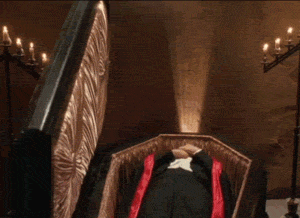
‘Dracula’ by Bram Stoker was originally published in 1897. The Bantam Classic edition was published in 1981, and reissued in 2004. 413 pages. $10.23 at Bookshop.org.
What’s next:
Before you go:
ICYMI: Review #195
Read this: ‘Dracula Daily’ is a newsletter that serializes Bram Stoker’s novel in your inbox. It was recently covered by The New York Times, and the article includes additional interesting fan theories about the novel and its namesake.
Read this, too: In our last newsletter, I included a link to the obit of Sacheen Littlefeather. Turns out, as the San Francisco Chronicle reports, she might not have been who she said she was.
Thanks for reading, and thanks especially to Donna for editing this newsletter!
Until next time,
MPV





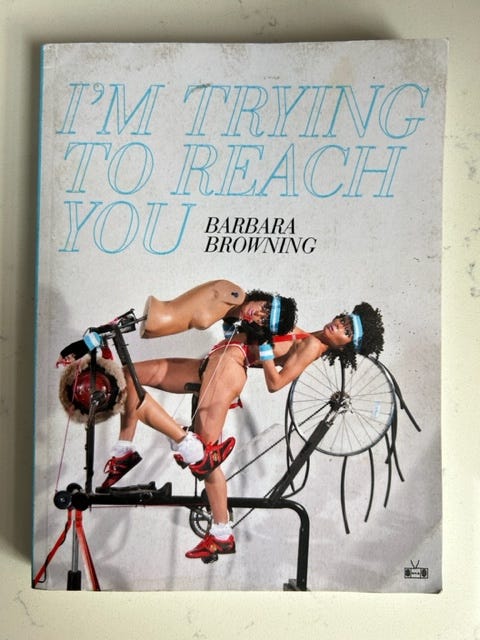


So I love Dracula, like want a garlic tattoo love Dracula.
And what makes it work for me and how I got convinced to read it was, it is a detective novel where the whodunnit happens to be a vampire in a world where NO one knows what a vampire is. Plus I think it's funny? And creepy.
I also love that there's a cowboy in it and that Van Hellsing loves Mina so much.
This is a weird pull but it really reminds me of the Sittaford Mystery, by Agatha Christie where also the entire thing is solved by one woman who everyone underestimates and also loves her completely hapless fiancee.
Also I'll just plug Carmilla, the new edition with the intro by Carmen Maria Machado is very good.
Glad you liked it well enough. When my book group read it, we did not get that deeply into it, but were more interested in how Stoker and his Dracula have been represented in every vampire book and movie made. The garlic, crucifix, Holy Communion, etc as well as other tropes have been used by everyone who has tackled vampires. I, too, thought it was wordy and realized Mina was the brains of the whole operation. Thanks for your excellent review!!